This area isn't actually a national park or even a national monument. It is a combination of the Maroon Bells Recreation Area, White River National Forest, and Maroon-Snowmass Wilderness.
There were not many cars when we arrived. We decided to do our big hike first, just in case the weather decided to get ugly later in the afternoon (which the Colorado mountains are famous for). And so we set forth toward Crater Lake.
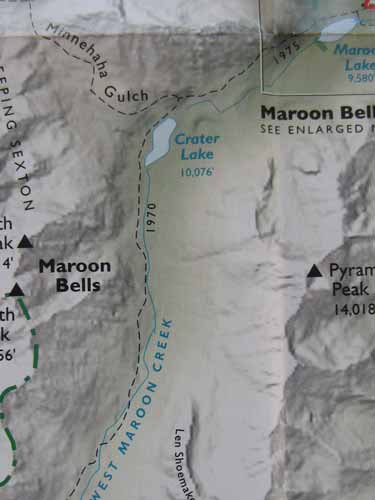
Our goal was to go from Maroon Lake to Crater Lake, but we ended continuing on to the second point where the creek crosses the 1970 Trail.

No riding your unicorn here. Apparently this isn't allowed to be a magical place.

This is the initial view upon entering the area... the majestic Maroon Bells, located in the Elk Mountains. Their color and distinctive shape led early explores to give them the name.

Unlike other mountains in the Rockies that are made of granite and limestone, the Bells are composed of metamorphic sedimentary mudstone. This type of rock is weak and fractures readily, giving rise to dangerously loose rock along almost any route. The Bells got their "deadly" nickname in 1965 when eight people died in five separate accidents.

This area is heaven for artists. We saw several painters along the way.

Looking back toward Maroon Lake

The first part of the hike was a gorgeous stroll through aspen forests.


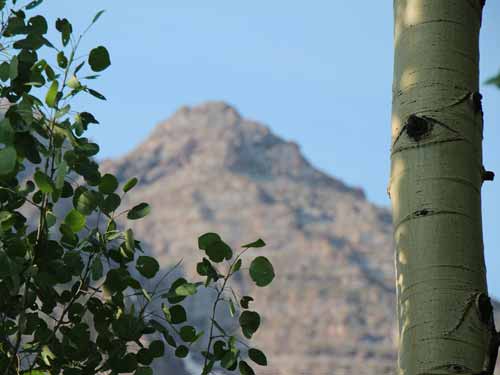
Interesting aspen facts:
- Aspens are dioecious, but the sexes are not equally spread over the landscape. Male trees populate the harsher, higher altitudes while female trees are more common at lower elevations.
- Aspens typically grow in large clonal colonies, derived from a single seedling and spread by means of root sucker. These clones are all connected by a common root system and are genetically identical. An individual tree might live 50 -100 years but the clone can continue regenerating for tens of thousands of years. One colony in Utah is estimated to be 80,000 years old.
- Aspens are able to survive forest fires because their roots are below the heat of the fire, with new sprouts growing after the fire burns out.
- The aspen in the only common deciduous tree that grows at this altitude without a nearby water source.

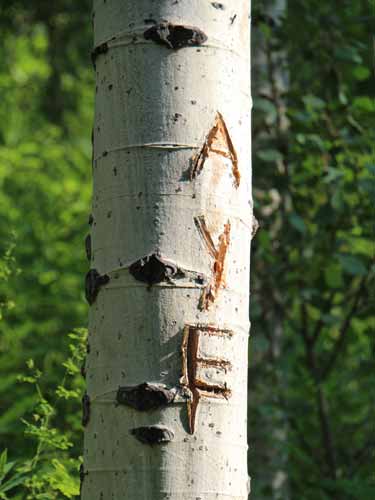
This kind of destruction is something I will never understand.

Flowers were abundant beyond belief!


The columbine, Colorado's state flower

Cow Parsnip can grow up to 7 feet tall!
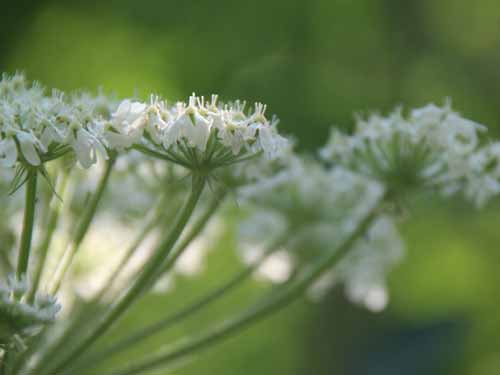

Clover
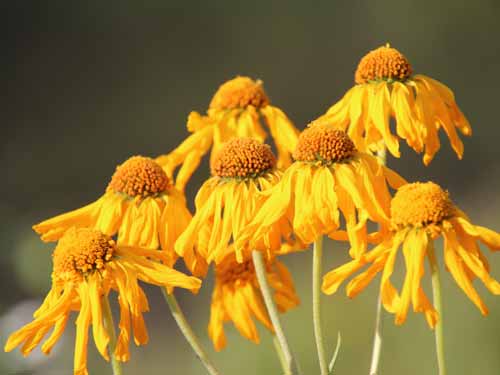
Orange Sneezeweed

Evidence of beaver activity

Wild geranium

Wild Rose

Fireweed

A pine squirrel pauses to inspect us for potential treats.
The scenery changed as we left the aspen forest and ascended into the sub-alpine region. Conifers replaced our broad-leafed friends; the flowers got smaller and more compact; and we began to see (and hear) picas and more marmots.


The distinctive cones of the Subalpine or Rocky Mountain Fir. It is commonly found at and immediately below the tree line.
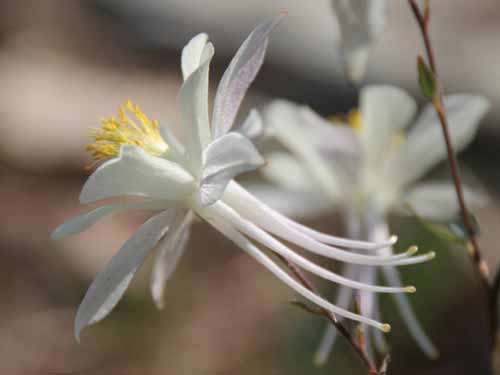
Columbines often lose their blueish-purple tint at these higher elevations.

Tiny flowers, tiny leaves, compact plant... all the indications that this is a difficult area to survive in!

This tiny pica started frantically barking at us from a nearby rock on a scree slope. But instead of running away, he right straight for us! Within a couple feet of me, he suddenly turned sharply and disappeared into a crack in the rock right next to the path. Clearly this must be his den. He only hid briefly until curiosity got the better of him.

A distant view of Crater Lake in the valley below. In spite of what its name might otherwise suggest, it was actually created by a glacier.
It took some 300 million years to form this valley. Streams, lakes and inland seas deposited sedimentary layers 10,000 feet thick. These layers eventually became transformed into rocks of different colors. The red color results from the weathering of hematite, an iron-bearing mineral. Then, around 34 million years ago, there was a geologic uplift along with faulting. Erosion eventually shaped the peaks. Finally, two million years ago, the earth's climate cooled and glaciers filled the valley, scraping their way along the mountainsides.
We arrived at Crater Lake and sat on a log for some lunch. Immediately a Golden-mantled ground squirrel came running up. He too hopped up on the log and used some of his cutest begging faces. We didn't give in so eventually he bounded off to have a nice dirt bath in a hole nearby.

Crater Lake at 10,076 feet of elevation

The hopeful ground squirrel

Putting on his best begging face

Leaving disgruntled

A delicious looking strawberry that we didn't eat but left for him

